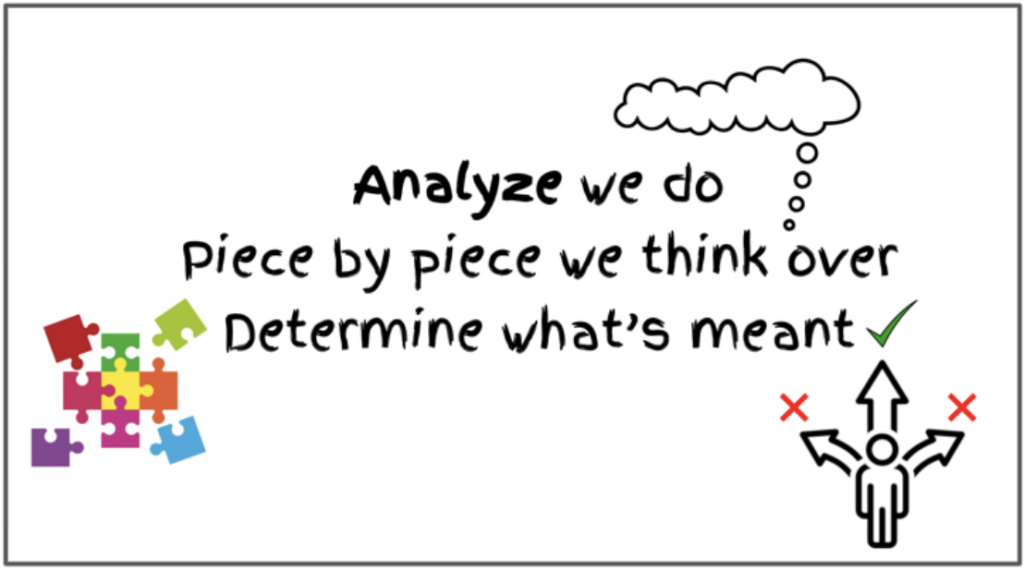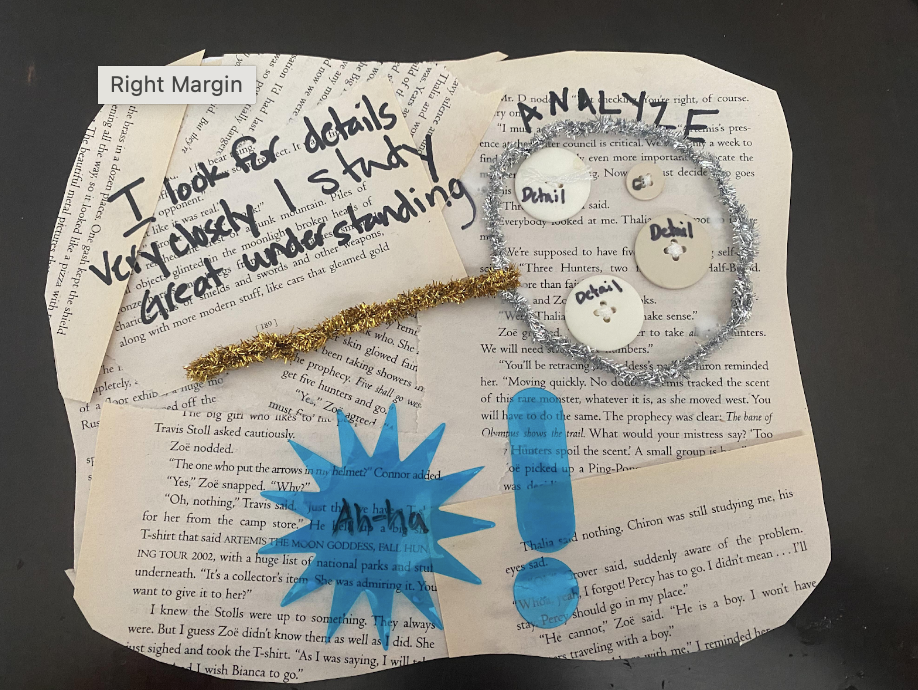
Written by Noelle Gutierrez
Educators know the importance of academic vocabulary instruction. Student knowledge of academic words and phrases has a direct impact on their ability to acquire and comprehend information, which is why it should be a part of every subject area and class.
As an instructional coach and administrator, I regularly observed teachers providing direct instruction using explicit vocabulary routines. Such routines include students saying the word aloud, clapping out syllables, looking up and writing down the definition, and finding examples and non-examples of vocabulary terms. Although routines like this are beneficial for learners, teachers would often tell me that they were looking for more creative strategies for deepening students’ understanding of and ability to use academic vocabulary.
Writing a Vocabulary Haiku
One of my favorite strategies for vocabulary development is having students construct a vocabulary haiku. The directions for creating a vocabulary haiku are simple.
- Select a vocabulary term.
- Write a haiku poem for that term, using the guidelines for writing a haiku.
- The vocabulary haiku can include the word, but it does not have to.
- The vocabulary haiku should communicate the meaning of the word.
- Provide visuals that are relevant to the vocabulary haiku.
Here is an online example of a vocabulary haiku for the word analyze.

Here is an offline example of a haiku for the word analyze.

Although this strategy could be done independently or collaboratively, online or offline, I preferred having students work offline with a partner as a maker space activity during a station rotation lesson.
Building Vocabulary Haikus into a Station Rotation Lesson
During a station in a rotation, partners selected 1-2 vocabulary words from a list. These were usually key terms and phrases related to the unit that they were explicitly introduced to during previous lessons. Partners then collaborated to create the vocabulary haiku.
In addition to the actual writing, they collaborated to incorporate visual representations of the term as related to the language in the haiku. Because I used this strategy as part of a maker space station, I provided items such as construction paper, markers, colored pencils, tissue paper, stencils, balsa wood, yarn, glue, pipe cleaners, and more. This gave students a variety of resources and materials to use, but the activity could also be completed with markers and construction paper.
At first, many of my students were hesitant about this activity because it wasn’t as simple as writing down a definition or using the word in a sentence. They were resistant because it required them to think critically, communicate, collaborate, and be creative. However, this strategy quickly became one of my students’ favorite ways to demonstrate their knowledge of the academic terms they were learning. The artistic haikus were so impressive, I often hung their creations around the room or on my word wall.
Here is an example of the offline station directions I provided to students.
In addition to being an engaging activity, this strategy was a great way for me to assess my students’ understanding of the academic vocabulary informally. This was critical because they needed to know these terms to access the questions and texts on their end-of-unit assessment. If I noticed a haiku reflected a partial or incorrect understanding of a term or phrase, I pulled students for individual or small group instruction to review the term prior to the assessment, ensuring they had a firm grasp of the vocabulary.
Additional Tips!
If you plan to have students work on this at a station in a rotation, it’s important to first onboard students to this strategy at a teacher-led station or as a whole group activity. This allows you to model the process and guide their initial efforts, helping those who are struggling to understand the expectations for this task. Once they understand what a haiku is, how to write one, and have had practice with a couple of vocabulary terms, you can gradually release this into a small group station.
You can also use a “would you rather” strategy to give students a meaningful choice for this assignment.
- Would you rather do this online or offline?
- Would you rather do this independently or with a partner?
Keep in mind that if you give students a choice to do this online, it won’t take as much time as it would offline as part of a maker space station. Giving students a choice, even a choice of what words to select, will make this activity more engaging for them.
Check Out Dr. Tucker’s Other Blogs on Vocabulary!
Word Sneak: Vocabulary Game Inspired by the Tonight Show
Vocabulary Lessons: Flipped, Collaborative & Student-Centered
Pile of Words: Drive Deeper Engagement with Vocabulary at the Beginning of a Unit, Text, or Project


No responses yet